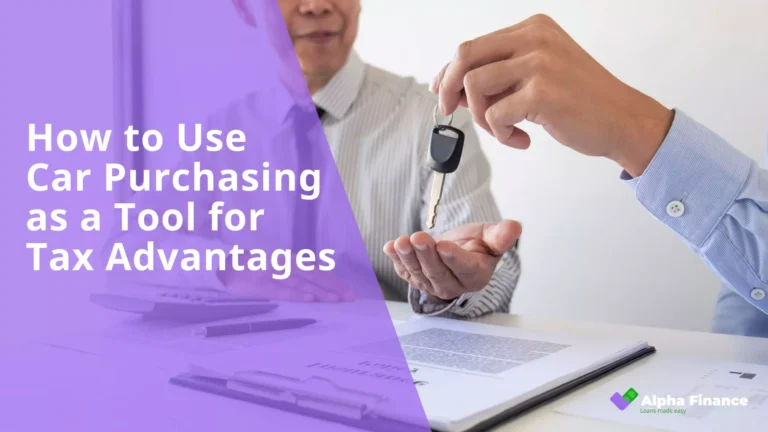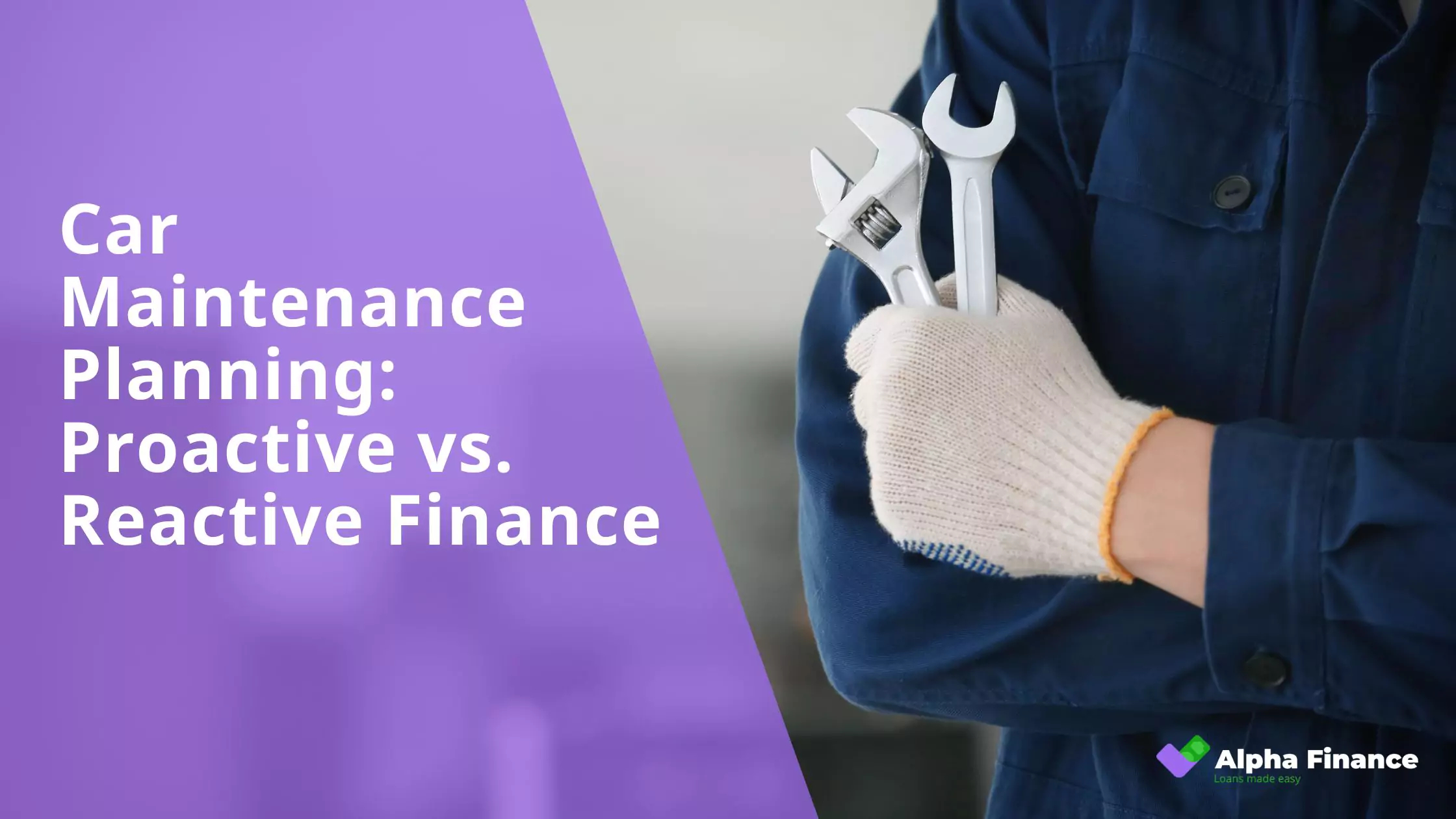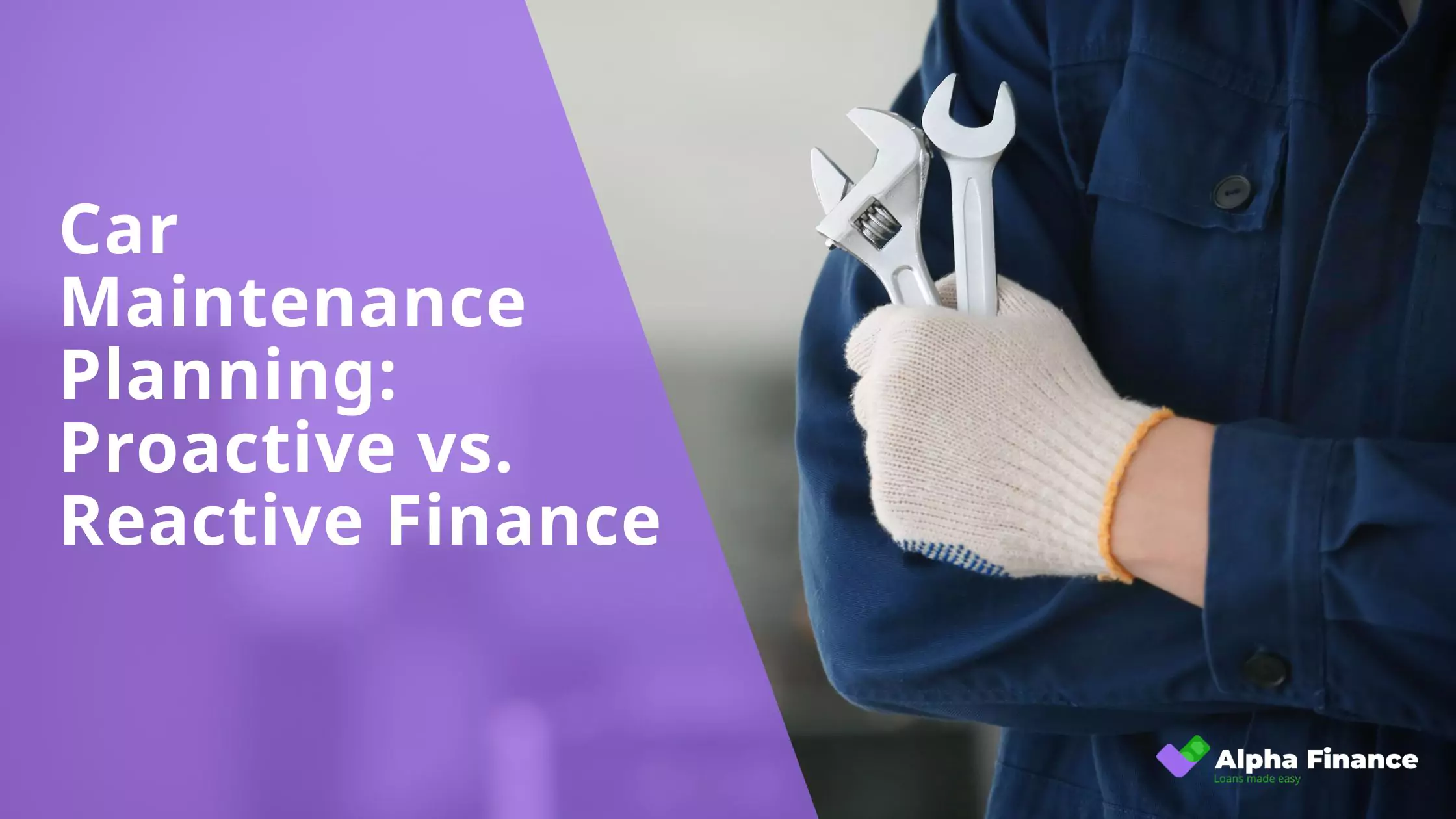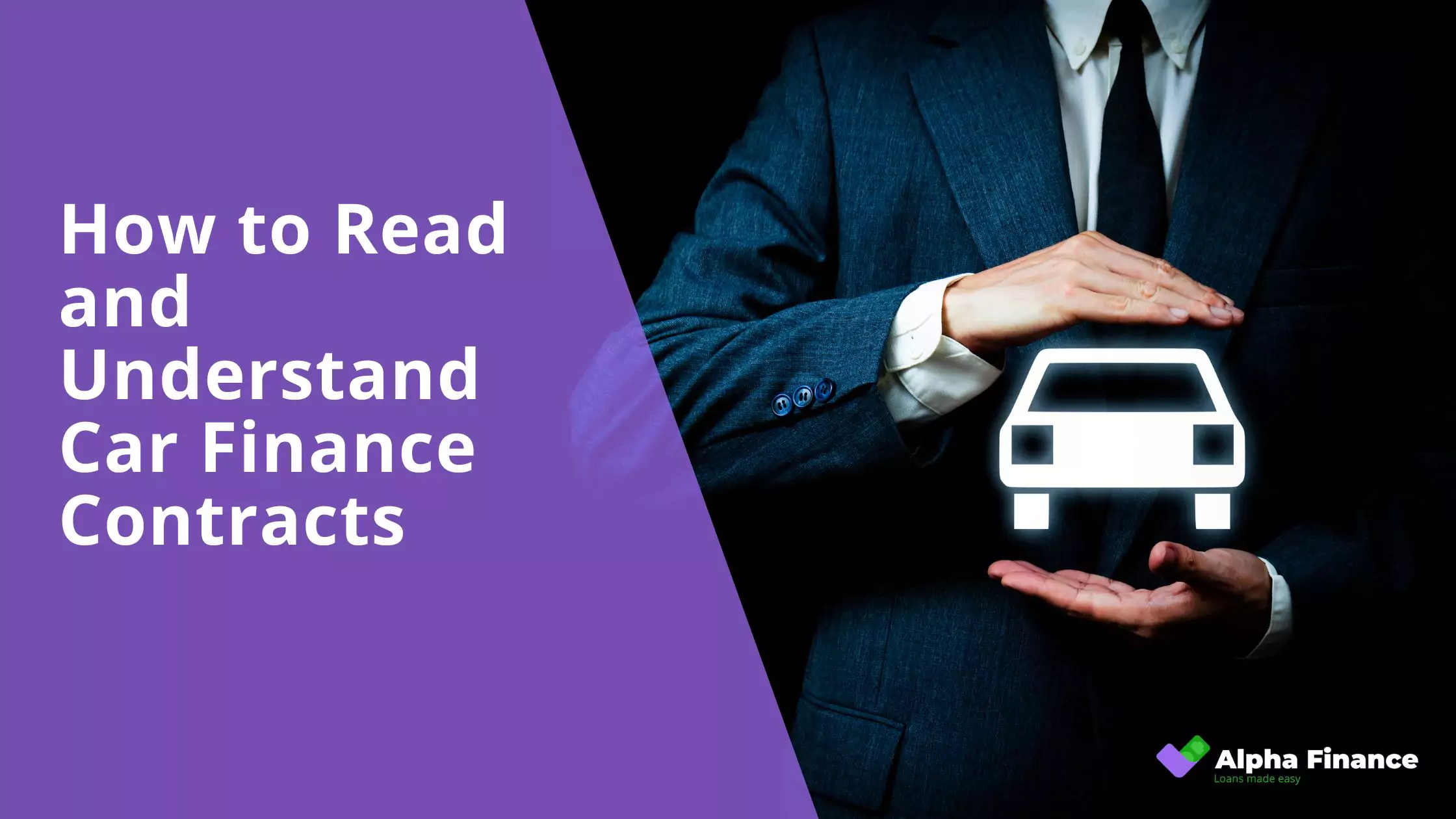Buying a car can often feel like a fair whack to your finances. However, for those who are canny, particularly if you’re using a vehicle for your business, this significant expense can potentially unlock some handy tax advantages. This guide aims to show you how you might strategically approach buying a car to ease your tax burden.
Keep in mind that tax laws are complex and can change. This information is just a general overview. To get advice tailored to your specific situation and location (whether you’re in Queensland, Victoria, or anywhere else in Australia), it’s crucial to have a chat with a qualified tax professional.
The Main Game: Business Use of Your Vehicle in Australia
It’s worth knowing that the most notable tax advantages related to cars in Australia are for vehicles genuinely used in the course of running a business. The Australian Taxation Office (ATO) has a clear definition of what constitutes “business use.” Generally speaking, the trip you make between your home and your regular place of work is not considered business use. However, if you’re using your car to directly generate income for your business – think client visits, making deliveries, or travelling between different work sites (that aren’t your usual commute) – that’s where the tax benefits can come in.
In Australia, there are a few main ways to claim car expenses for business purposes:
-
Cents per Kilometre Method: This is a straightforward method where you claim a set rate for each business kilometre you travel. The ATO updates this rate annually. It keeps your record-keeping nice and simple.
-
Logbook Method: This method allows you to claim the business-use percentage of all your car expenses. This percentage is based on a 12-week logbook you keep to record your trips.
-
Set Rate Per Business Kilometre for Certain Income Year (Transitional): There’s also a specific rate that was available for eligible businesses in certain income years as a transitional measure. It’s worth checking with the ATO or your tax advisor if this might apply to your situation for past income years.
Tax Advantages Under the Logbook Method
The logbook method, while potentially offering greater tax benefits, requires diligent record-keeping. The cornerstone of this method is the 12-week logbook. This logbook must be kept for a continuous period of at least 12 weeks within an income year. Once you’ve established your business-use percentage from this 12-week period, you can generally apply that percentage for the income year in which the logbook was kept, and for the next five income years, provided your pattern of business use doesn’t significantly change. If your business use changes substantially, you’ll need to complete a new 12-week logbook to reflect those changes.
What Needs to Go in Your Logbook?
For each journey you record in your logbook, you’ll need to include:
- Date of the journey: When the trip occurred.
- Start and end odometer readings: The kilometres on your odometer at the beginning and end of each trip.
- Kilometres travelled: The difference between the start and end odometer readings.
- Purpose of the journey: A brief description of why you were travelling for business. Simply stating “business” isn’t usually sufficient; be more specific, like “Client meeting at [Client Name]” or “Delivering goods to [Location]”.
You also need to record the start and end date of the 12-week logbook period and the car’s odometer reading at the start and end of this period.
Calculating Your Business-Use Percentage:
Once your 12-week logbook is complete, you’ll calculate the total kilometres travelled for business during that period and the total kilometres travelled overall. Your business-use percentage is then calculated as:
Business Kilometres÷Total Kilometres×100%
This percentage is the portion of your total car expenses that you can claim as a tax deduction.
Claiming Specific Expenses Under the Logbook Method:
Now, let’s revisit those deductible expenses with a bit more detail:
-
Depreciation: The ATO allows you to deduct the decline in value of your car over its effective life. For most cars, the effective life is generally considered to be 8 years. You’ll need to determine the car’s cost (remember the car limit, which changes each financial year) and apply the relevant depreciation rate. You can use either the prime cost method or the diminishing value method to calculate depreciation. The business portion of this calculated depreciation is deductible.
-
Interest on Car Loans (for Business Use): If you financed your car, the interest you pay on the loan that relates to the business use of the car is deductible. If the loan was also partly for personal use, you’ll need to apportion the interest expense based on your business-use percentage.
-
Fuel and Oil: Keep all your fuel and oil receipts. At the end of the year, multiply the total cost by your business-use percentage to determine the deductible amount.
-
Repairs and Maintenance: This includes servicing, repairs, and the cost of parts. Again, keep all invoices and apply your business-use percentage to the total cost.
-
Insurance: This covers comprehensive, third-party property, and other types of car insurance. Only the business portion of the premiums is deductible.
-
Registration and CTP (Compulsory Third Party) Insurance: These are often paid annually. You can claim the business portion of these costs.
-
Tyres: When you purchase new tyres, keep the receipt and claim the business portion of the expense.
-
Cleaning Costs: Whether you use a professional car wash or buy cleaning products yourself, you can claim the business portion of these expenses, provided they are for keeping the car presentable for business use.
-
Tolls and Parking Fees: Keep records of all toll payments (e.g., e-tag statements) and parking receipts incurred during business trips. You can claim the business portion of these costs.
Important Considerations for the Logbook Method:
- Accuracy is Key: The ATO can scrutinise logbooks, so ensure all entries are accurate and made as soon as practicable after each trip.
- Keeping Receipts: For all actual expenses you intend to claim, you must keep the original receipts.
- Car Limit: Be aware of the car limit set by the ATO each financial year. This limit restricts the maximum cost of a car you can use to calculate depreciation and the GST credit you can claim if you’re GST registered.
- Sole Traders vs. Companies: The way you claim car expenses might differ slightly depending on your business structure (e.g., sole trader, partnership, company).
- GST: If your business is registered for Goods and Services Tax (GST), you may be able to claim GST credits on the business portion of some car expenses (excluding wages).
Using the logbook method can potentially lead to a larger tax deduction compared to the cents per kilometre method, especially if your actual car expenses are high and your business-use percentage is significant. However, it does require careful record-keeping throughout the year. It’s always a good idea to discuss your specific circumstances with a registered tax agent or advisor in Australia to determine the most advantageous method for your situation and to ensure you’re complying with all ATO requirements.
Tax Advantages Under the Cents Per Kilometre Method
The cents per kilometre method offers a straightforward way to claim car expenses for business use.
-
Simplicity: The beauty of this method lies in its simplicity. To calculate your deduction, you simply multiply the total number of business kilometres you’ve travelled during the income year by the rate set by the ATO for that year.
-
Current Rate Example: For the 2024-25 income year, the rate set by the ATO is 88 cents per kilometre. However, it’s absolutely crucial to always check the official ATO website for the most up-to-date rate, as this can change annually. Don’t rely on past rates or examples.
-
Kilometre Limit: It’s important to note that there’s a limit on the number of business kilometres you can claim using this method. Currently, this is capped at 5,000 business kilometres per car per income year. Even if you’ve travelled more for business, you can only claim up to this limit.
-
Best for Lower Mileage: This method is generally most suitable for individuals or businesses with lower business travel distances, as the deduction is capped regardless of actual kilometres exceeding 5,000. It also requires less detailed record-keeping compared to the logbook method. You primarily need to be able to demonstrate that you undertook the business travel.
Strategic Car Purchasing for Potential Tax Benefits
Thinking strategically about the type of vehicle you buy and how your business operates can potentially unlock further tax advantages:
-
Consider Vehicle Type (for Business): The ATO distinguishes between a “car” and other types of vehicles (like some commercial vehicles, panel vans, or utilities) for tax purposes. If you purchase a vehicle that isn’t classified as a “car” under tax law and it’s used wholly and exclusively for business purposes (and not for private travel), different rules might apply to depreciation and GST credits. For example, the car limit might not apply to the GST credit for these types of vehicles. It’s worth discussing your specific vehicle needs with your tax advisor.
-
Instant Asset Write-Off (for Small Businesses – Check Eligibility and Thresholds): For eligible small businesses (those meeting specific turnover thresholds), the instant asset write-off can be a significant benefit. This allows you to immediately deduct the business portion of the cost of an eligible asset, including cars, in the income year it was first used or installed ready for use. However, the eligibility criteria and the threshold for the cost of the asset have changed over time and can vary between income years. It’s vital to check the current ATO rules and your business’s eligibility for the specific income year you purchase the vehicle. This can provide a substantial upfront tax deduction.
-
GST on Car Purchases for Businesses: If your business is registered for GST, you may be able to claim a GST credit for the GST included in the purchase price of the car. However, this is usually limited to the business-use portion and is also subject to the car limit. If the car’s price is above the car limit, the GST credit you can claim will be capped based on the GST component of the car limit. For vehicles that aren’t “cars” under tax law and are used wholly for business, the full GST credit might be claimable.
-
Timing of Purchase: Keep an eye on income year deadlines (June 30th in Australia). Depending on your cash flow and tax planning, purchasing an asset like a car before the end of the income year might allow you to claim a deduction (like the instant asset write-off, if eligible) in that financial year. Also, be aware of any potential changes in tax legislation or incentives that might influence the timing of your purchase.
-
Record Keeping from the Start: Regardless of the tax method you choose, maintaining accurate records from the moment you purchase the vehicle is crucial. This includes the purchase price, date of purchase, loan documents, insurance details, registration, and all running expenses. If you intend to use the logbook method, start your 12-week logbook as soon as possible after acquiring the vehicle to capture your business usage patterns accurately.
Leasing vs. Buying: Tax Implications in Australia
For businesses in Australia, there are different tax implications when considering leasing versus buying a vehicle:
-
Leasing: Generally, lease payments made for a vehicle used for business purposes are tax-deductible. This can help with cash flow as you’re not outlaying a large sum upfront. However, the Goods and Services Tax (GST) treatment on lease payments can be a bit different and may depend on whether the lease is a finance lease or an operating lease. You can typically claim GST credits on the GST component of the lease payments to the extent the vehicle is used for a creditable purpose.
-
Buying: When you buy a vehicle for business use, you can’t immediately deduct the full purchase price (unless you qualify for the instant asset write-off). Instead, you typically claim deductions for depreciation over the vehicle’s effective life. As mentioned earlier, you might also be able to claim GST credits on the business portion of the purchase price, subject to the car limit. The interest paid on a loan used to purchase the car (for the business portion) is also deductible.
The decision of whether to lease or buy a car for your business in Australia depends on a range of factors, including your business’s cash flow, how long you intend to use the vehicle, and the potential tax outcomes under each option. It’s wise to crunch the numbers and discuss this with your tax advisor to see which approach best suits your specific circumstances.
Importance of Documentation and Compliance
Regardless of how you’re claiming your car expenses for tax purposes in Australia, keeping thorough and accurate records is absolutely essential. This includes:
- Logbooks: If you’re using the logbook method, your 12-week logbook must meet all the ATO’s requirements.
- Receipts and Invoices: Keep all original receipts for fuel, servicing, repairs, insurance, registration, tyres, cleaning, tolls, and parking.
- Purchase or Lease Agreements: Maintain copies of your vehicle purchase contract or lease agreement.
- Loan Documents: If you’ve financed the car, keep records of your loan agreements and statements showing interest paid.
The ATO has specific guidelines on how long you need to keep these records (usually five years from the date the tax return is lodged). It’s crucial to comply with these requirements.
Be very careful about claiming deductions you’re not entitled to. The ATO has data-matching capabilities and can scrutinise claims. Incorrect or unsubstantiated claims can lead to penalties and interest charges.
Conclusion: Making Informed Decisions with Australian Tax in Mind
To sum it up, while buying a car purely for personal use in Australia generally doesn’t come with direct tax benefits, purchasing a vehicle for genuine business use can offer significant tax advantages if you understand the rules and claim correctly. Whether you opt for the cents per kilometre method or the logbook method, or if your small business can take advantage of the instant asset write-off, navigating the Australian tax landscape requires careful attention to detail and accurate record-keeping.
Given the complexities of Australian tax laws and how they apply to vehicle expenses, it is strongly recommended that you consult with a registered tax agent or the ATO directly for personalised advice tailored to your specific Australian business or individual circumstances. They can help you understand your obligations and ensure you’re claiming all the deductions you’re entitled to while staying on the right side of the tax law.
Your Journey Starts Here: Secure a New Car Loan with Alpha Finance
Ready to upgrade your ride and cruise away in the car you’ve always wanted? Alpha Finance offers a range of new car loan options designed to make your dream vehicle a reality. Our competitive rates and flexible repayment plans can be tailored to suit your individual needs and budget. Skip the hassle and get on the road faster with our straightforward application process and quick approvals. Take the first step towards your new car today – explore our new car loan solutions and get a personalised quote by visiting the Alpha Finance website or contacting our friendly team!




